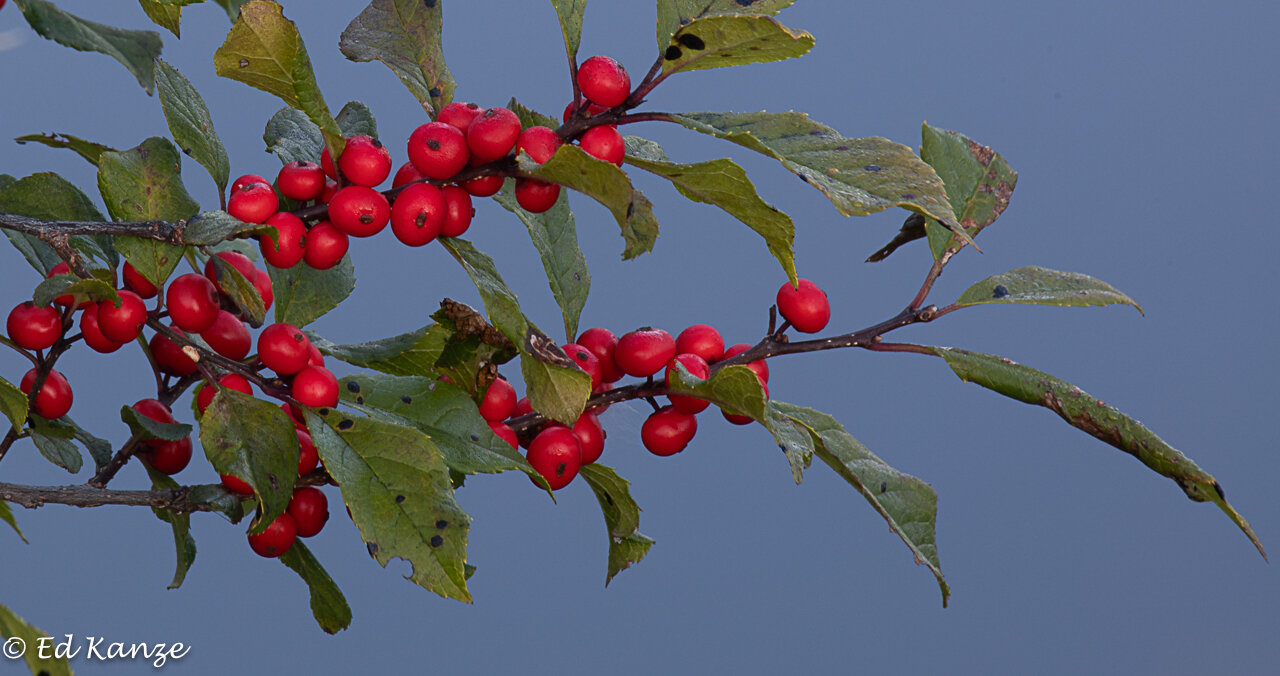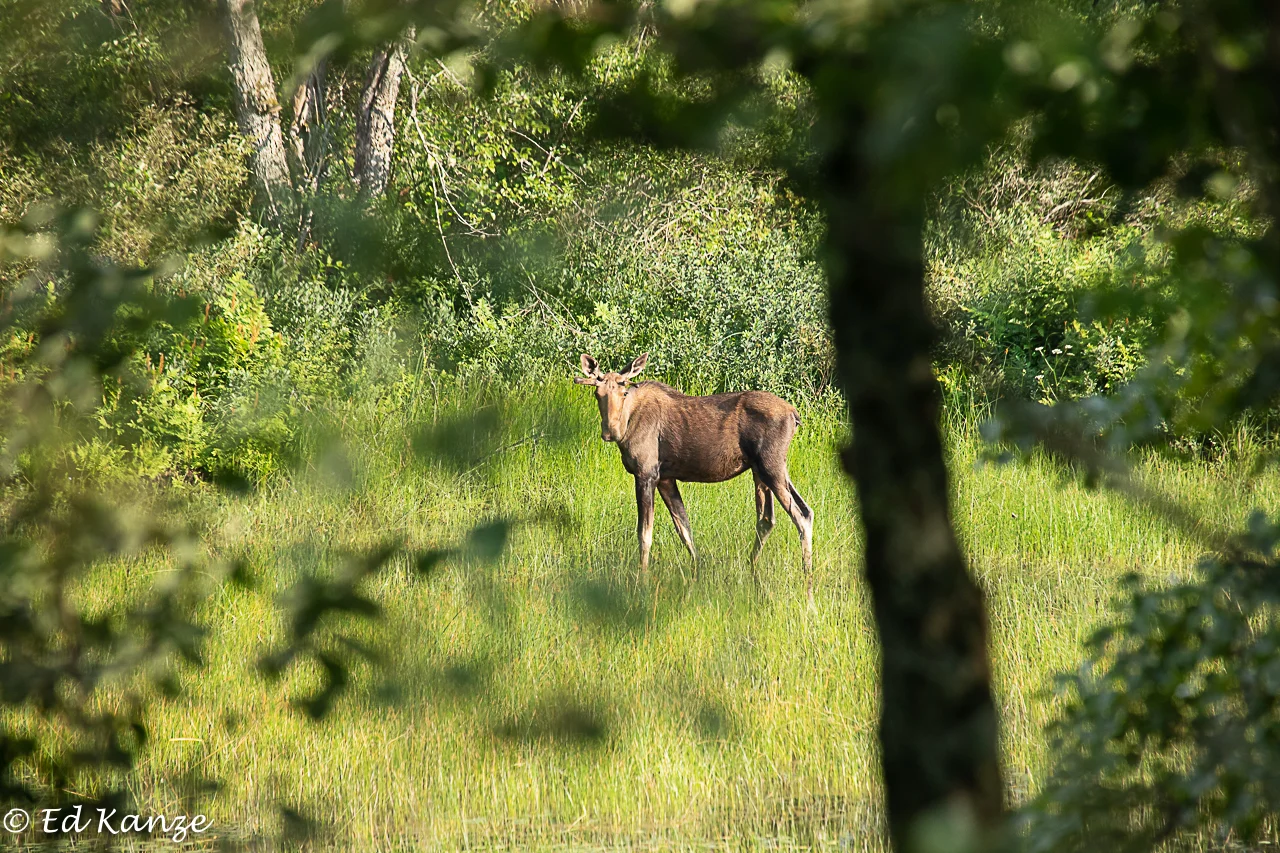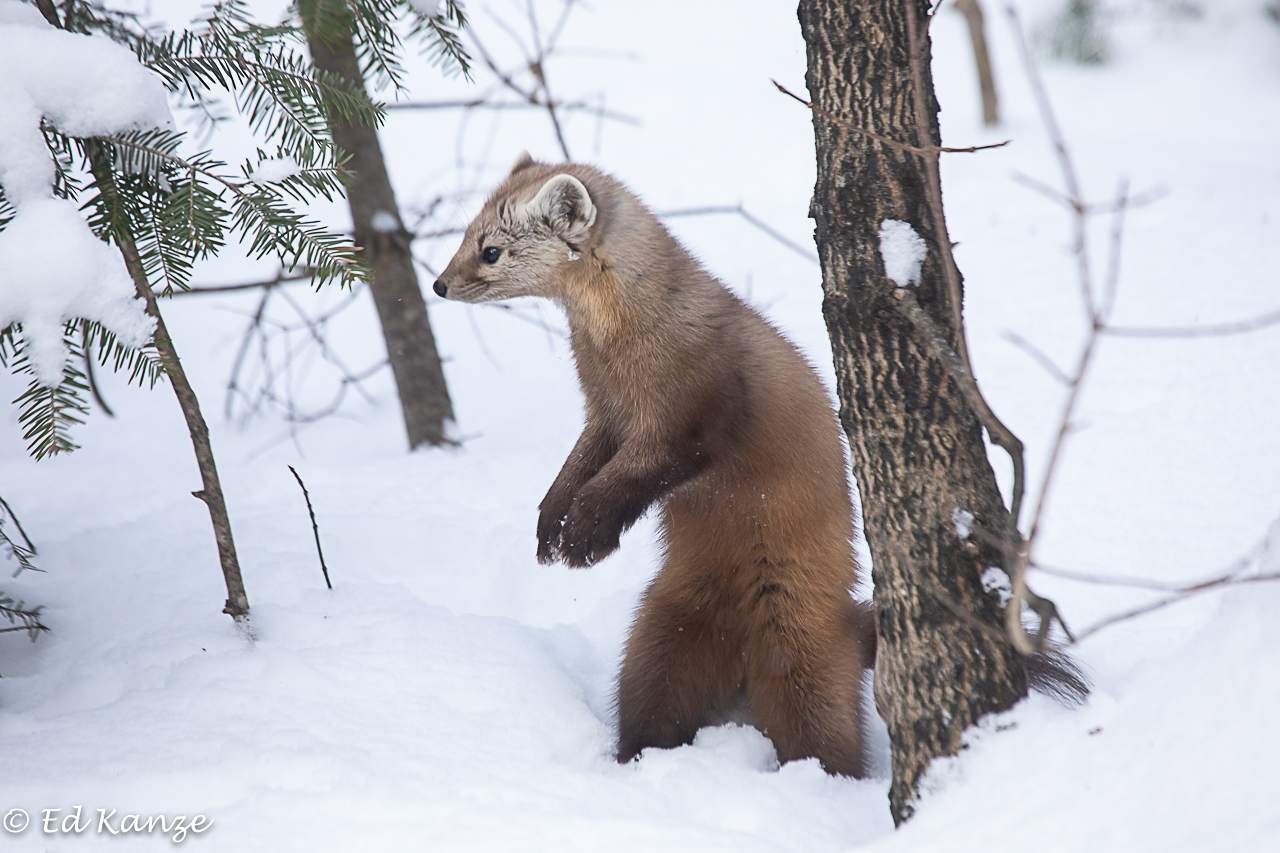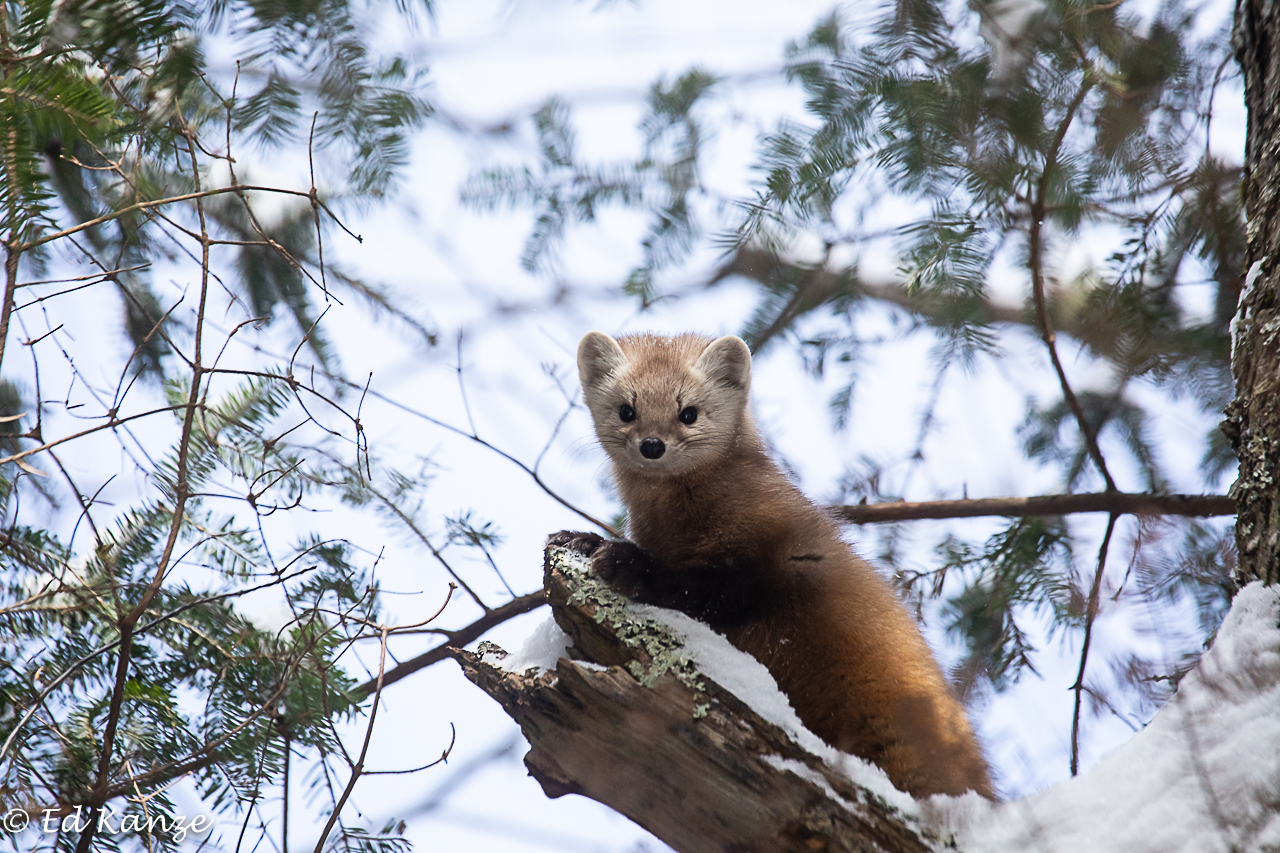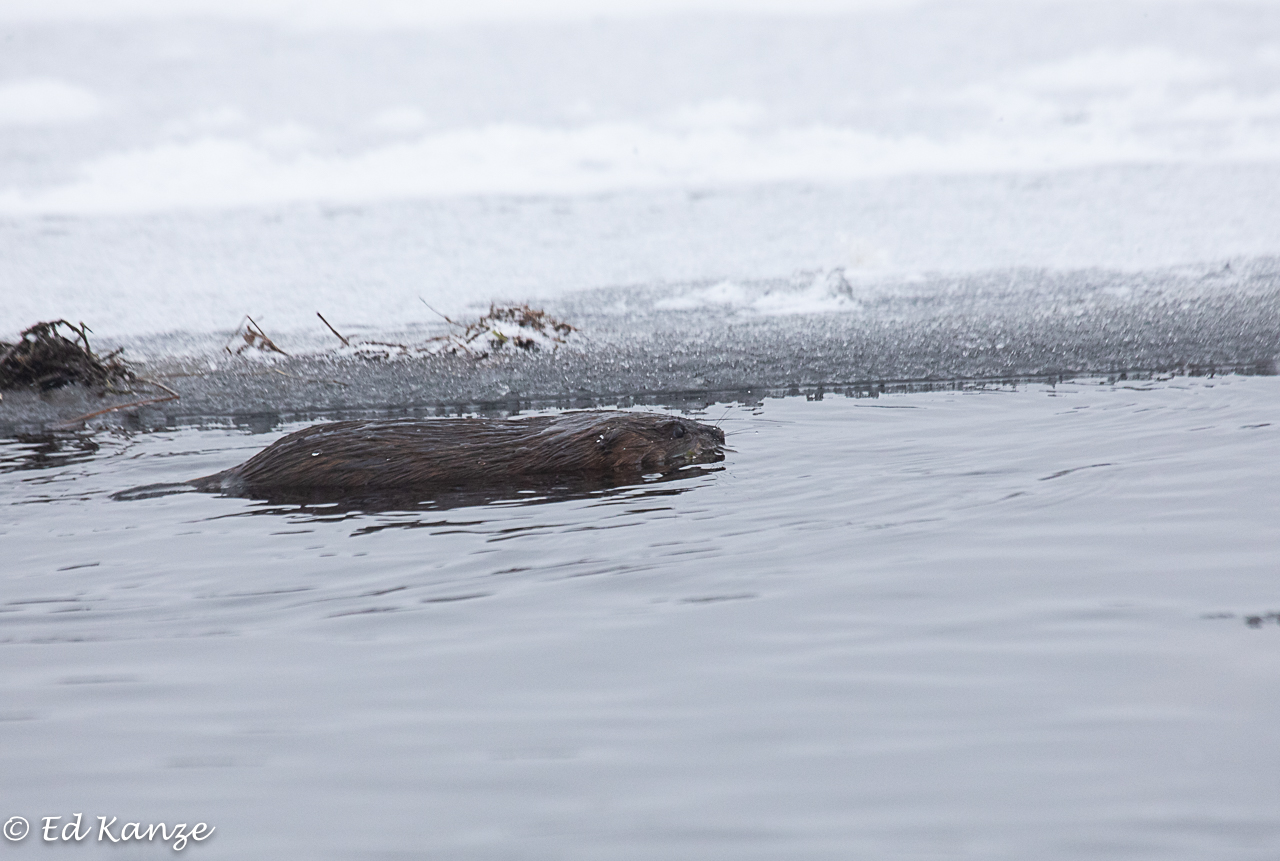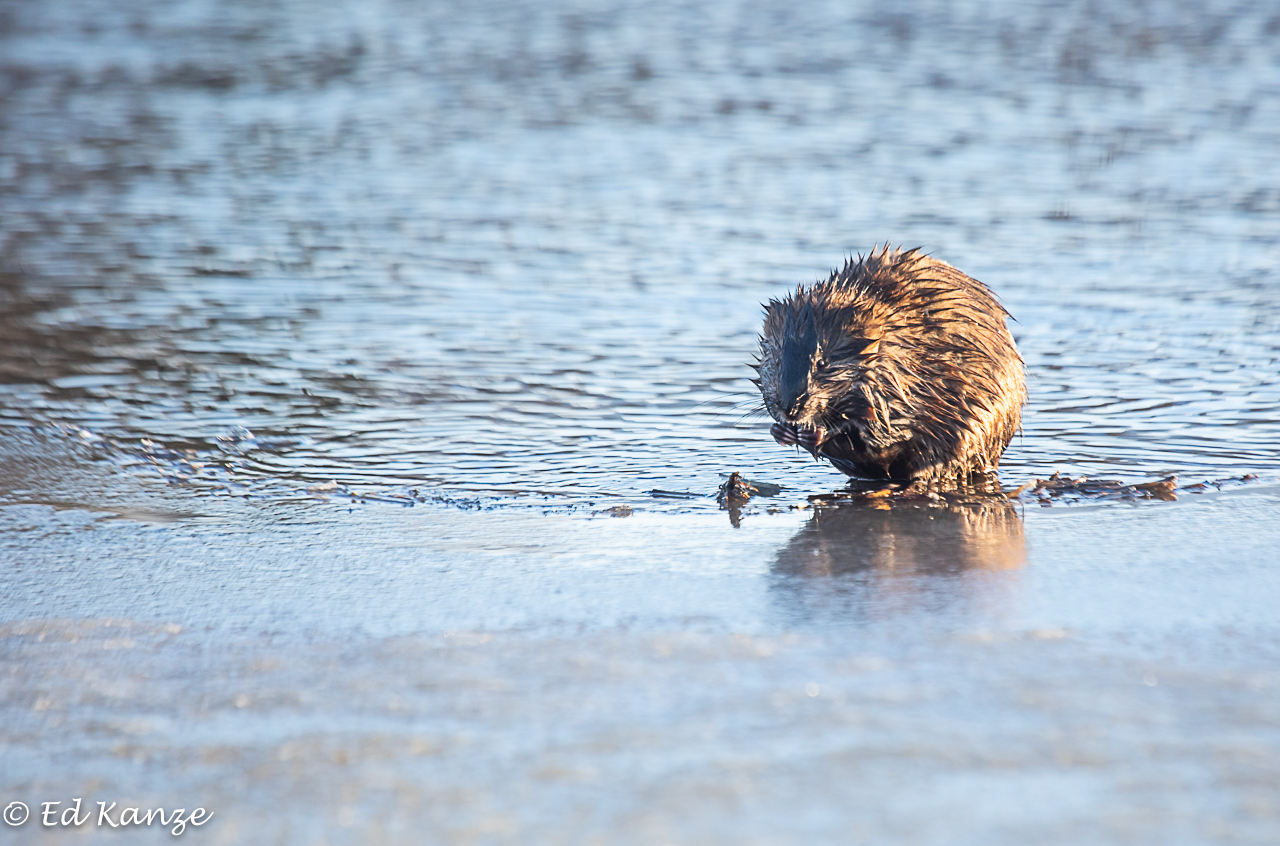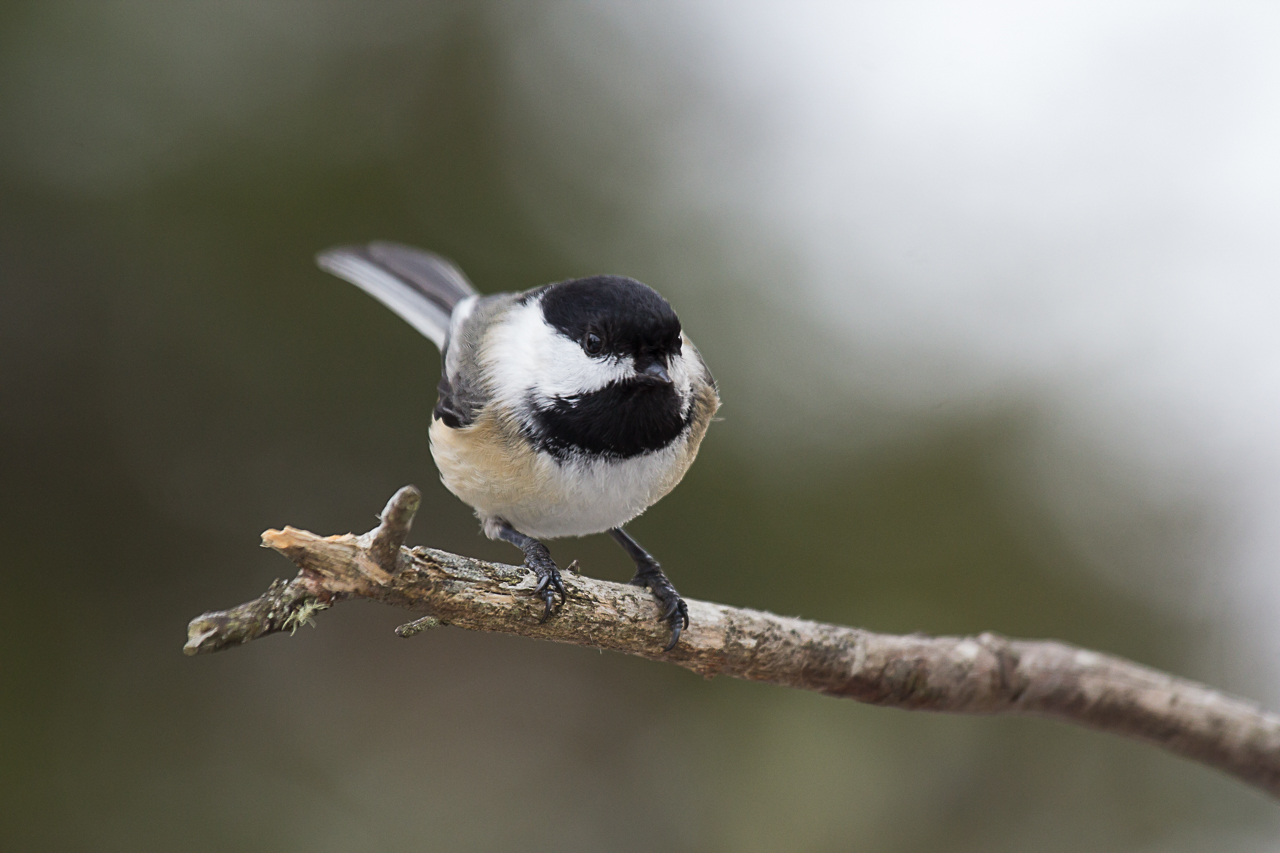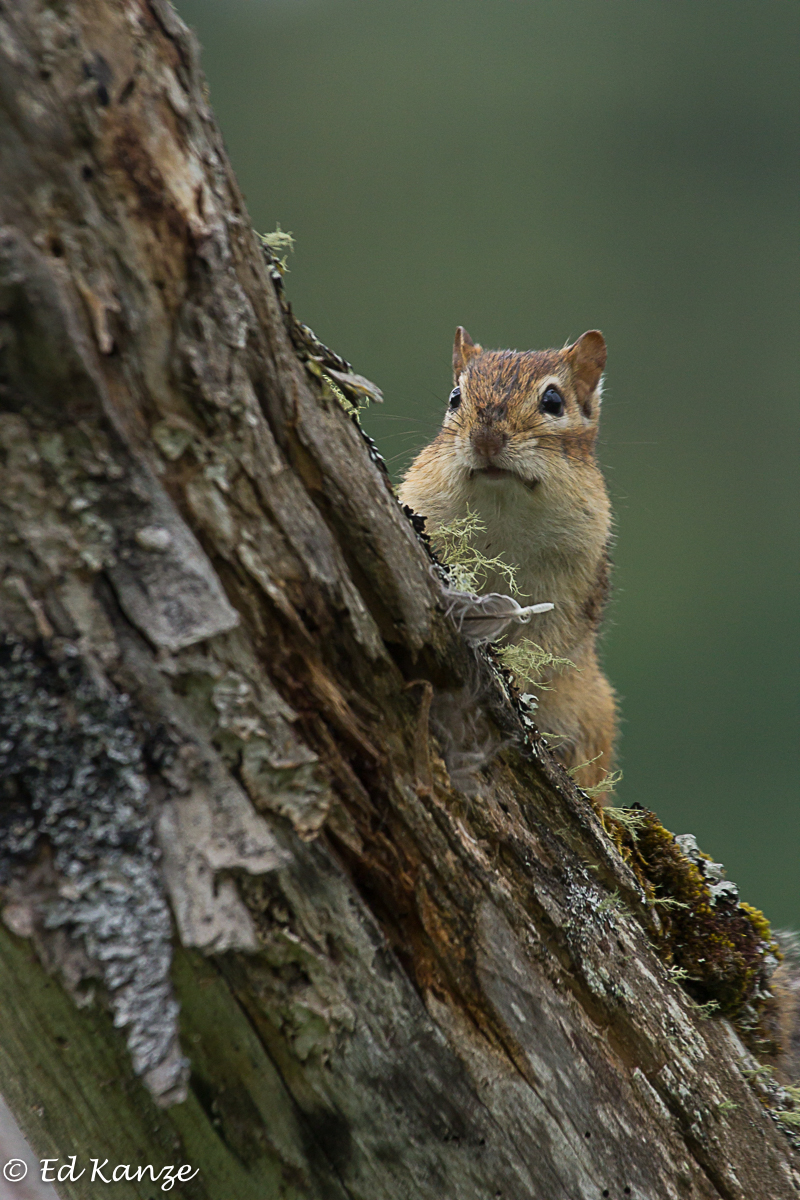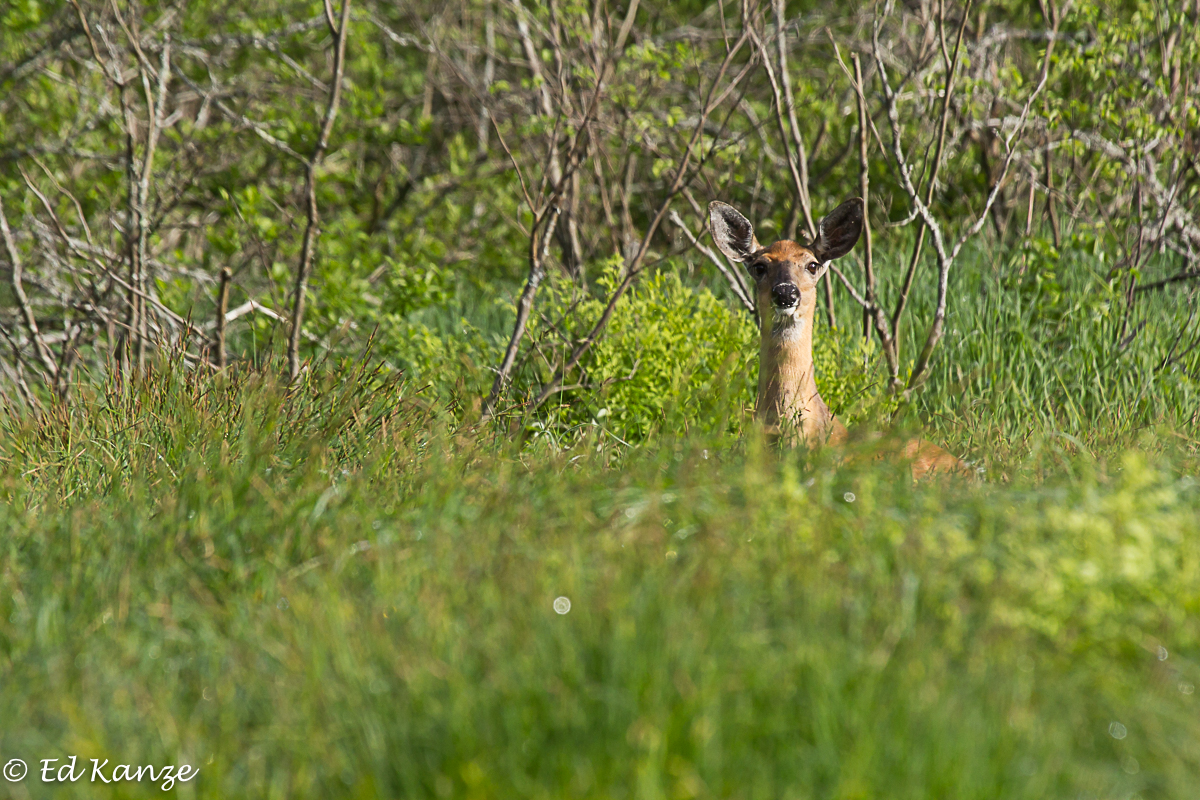Whether we call it fall, autumn, or the landscape’s last hurrah before winter, the winding down of the natural year is upon is in the Adirondacks, and it’s, as always, glorious. Sometimes the colors are brilliant, and sometimes, as in the image above (taken near our house along the Saranac River), they’re rich but muted. The images that follow round up a few of those I’ve captured in recent weeks at our place and nearby. If you have no plans to be here soon, it’s not too early to start thinking about 2020. September and October are magnificent months for a walk.
Above, my daughter paddles a solo Hornbeck canoe on a remote pond in the McKenzie Mountain Wilderness. I carried the canoe, which weighs a mere fifteen pounds, two miles and a little more to reach the pond. It was covered with water shields (providing most of the color above, and also seen below), white water lilies, and bullhead lilies.
Below are more images to give a sense of the visual wonders of the season.
Wilson Juicy apples on a rainy day on one of our trees
A few last tomatoes….
A coyote pup hunting for grasshoppers
A porcupine eating blackberry leaves and canes
A painted lady butterfly on its way South
A Canada jay, or gray jay, takes wing
A loon pair at ease on an early fall day
Cottongrass, a bog sedge, in seed, a sign of the season
Red maple leaves beginning to blaze
Cranberry viburnum fruits
Winterberry holly fruits abound this year
A view from Azure Mountain
The Saranac River on a chilly fall morning—-the dot in the pine with a dead top is a bald eagle, the same one pictured below
A bald eagle, a common sight over the Saranac
And to wrap things up, a sunset along the Saranac River















